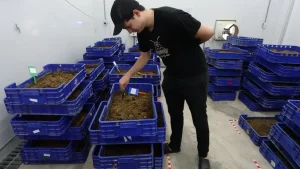How fraudsters are getting fake articles onto Facebook
2 min readHow Fraudsters are Getting Fake Articles onto Facebook
With the rise of social media as a major source of news and information, fraudsters have been using tactics to spread...

How Fraudsters are Getting Fake Articles onto Facebook
With the rise of social media as a major source of news and information, fraudsters have been using tactics to spread misinformation and fake articles on platforms like Facebook.
One common method is creating fake accounts or pages that appear legitimate, but are actually run by individuals looking to spread fake news for financial gain or to manipulate public opinion.
Fraudsters also use clickbait headlines and sensationalized content to attract users to their fake articles, often exploiting hot-button issues or controversial topics to generate clicks and shares.
Another tactic is impersonating reputable sources or news outlets to lend credibility to their fake articles, making it harder for users to discern fact from fiction.
Facebook has taken steps to combat the spread of fake news, including partnering with fact-checkers and implementing algorithms to prioritize content from trusted sources.
However, the problem persists as fraudsters are constantly evolving their tactics to bypass detection and reach more users with their fake articles.
It is important for users to be skeptical of articles they encounter on social media, and to verify information from multiple sources before sharing or spreading it further.
By being vigilant and critical consumers of information, we can help combat the spread of fake news on platforms like Facebook and protect ourselves from falling victim to fraudsters.
Ultimately, it is up to both individuals and platforms to work together to combat the spread of fake articles and ensure that accurate and trustworthy information prevails in the digital space.





